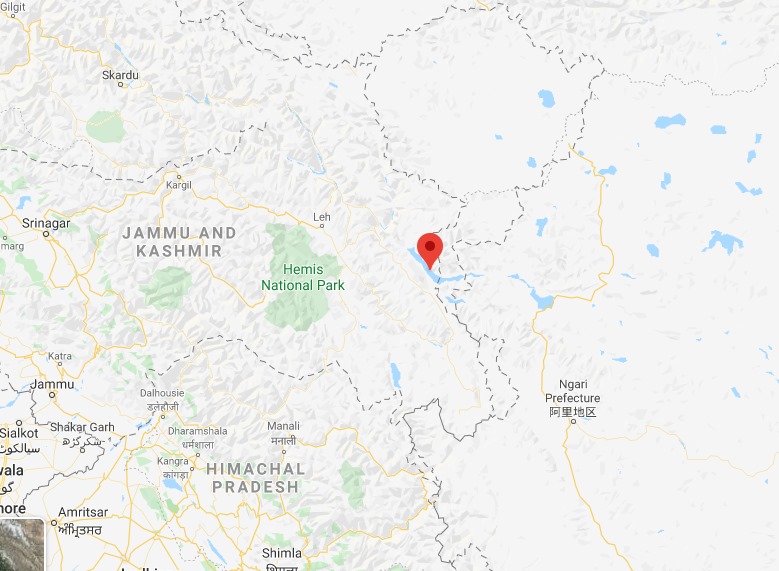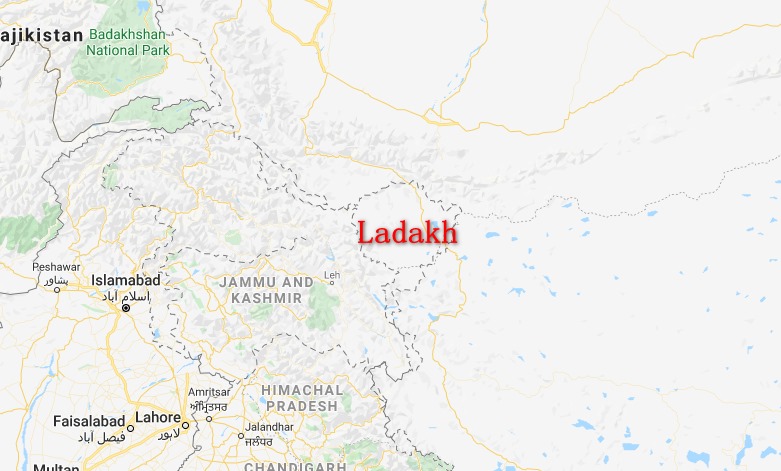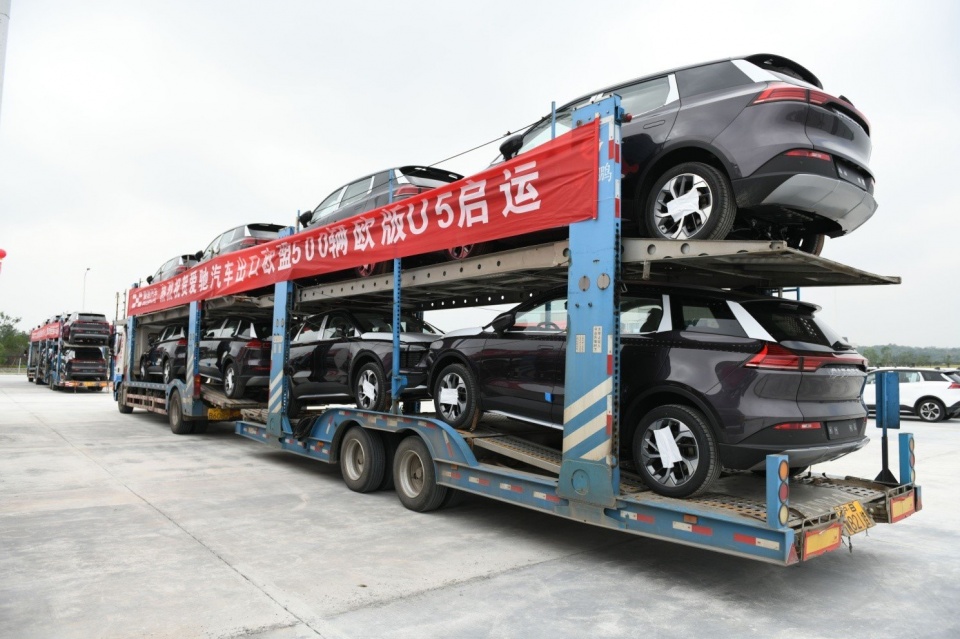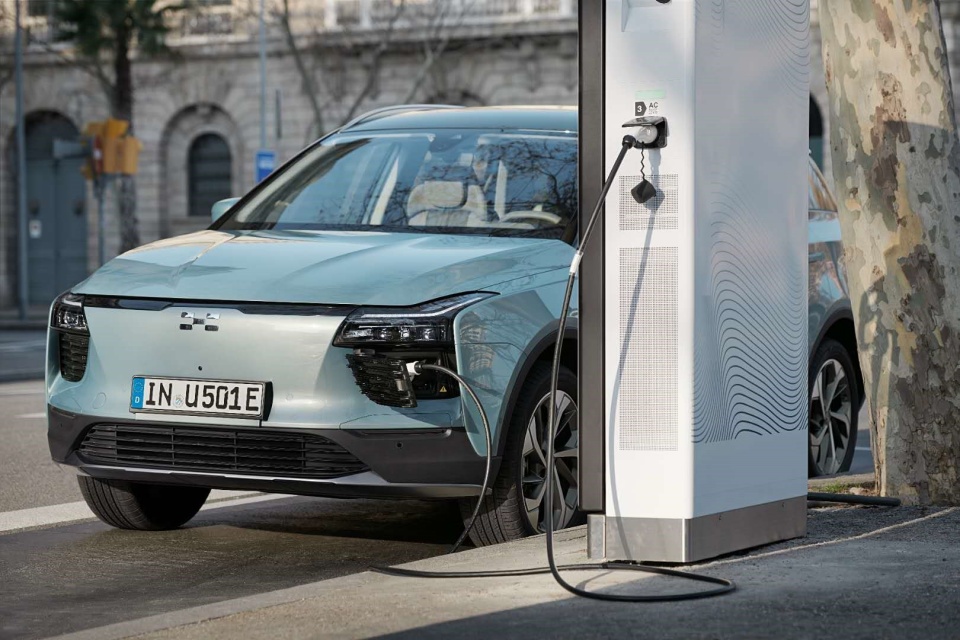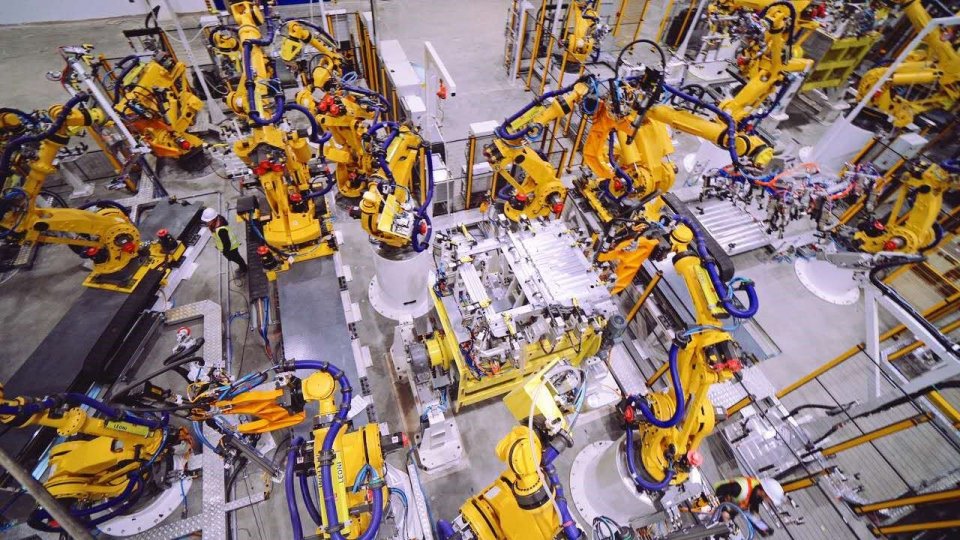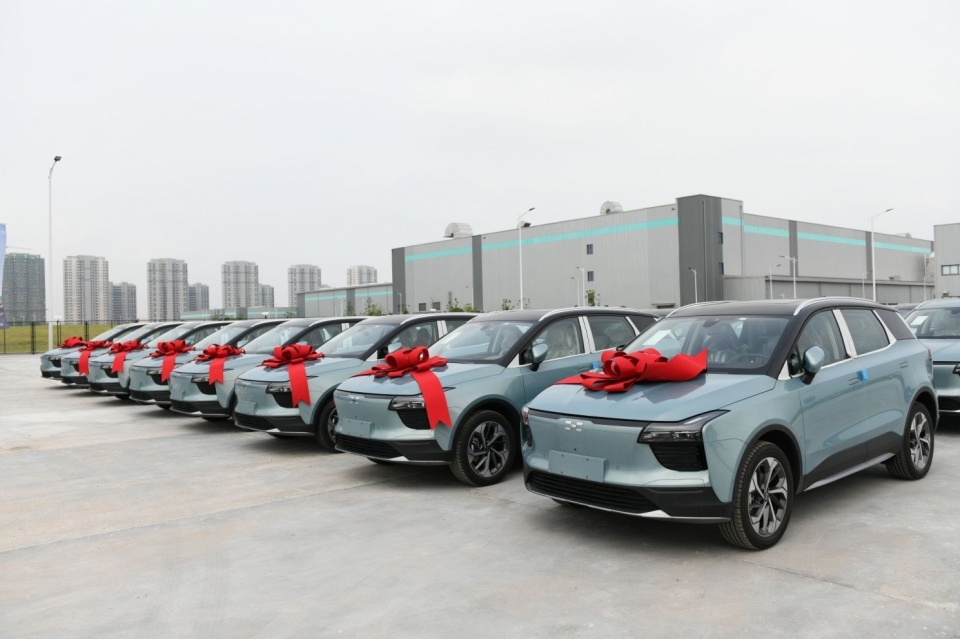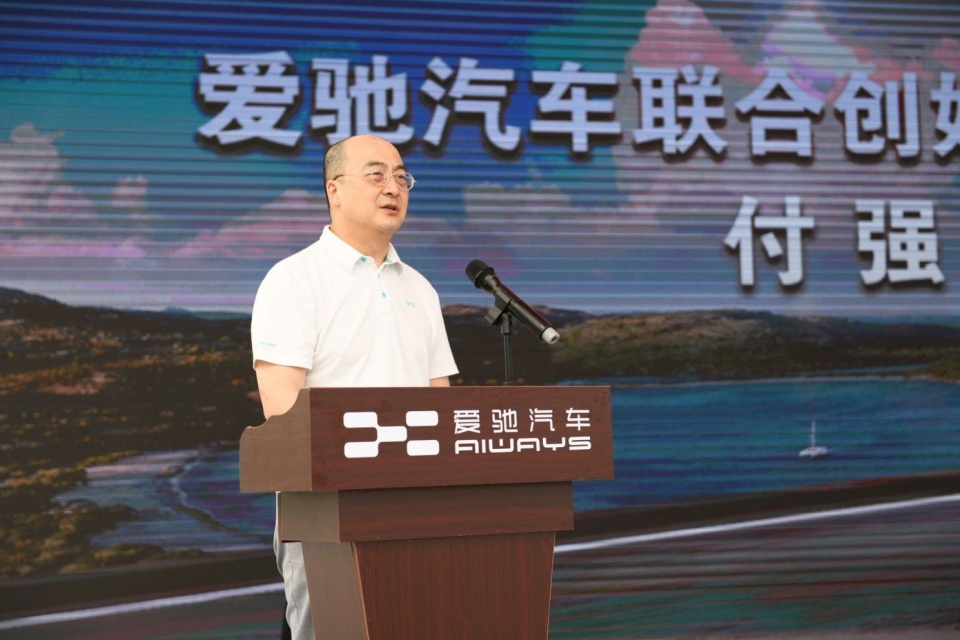As the President’s National Security Strategy says, it is time the United States “rethink the failed policies of the past two decades – policies based on the assumption that engagement with rivals and their inclusion in international institutions and global commerce would turn them into benign actors and trustworthy partners.” The report illustrates how the policies and actions of the Chinese Communist Party have compelled the United States to adopt a competitive strategy, guided by a return to principled realism. Too late.
Amy Cooper’s dog

https://twitter.com/i/status/1264965252866641920 Amy’s dog has more rights than human. 5-26-20 She does not look like a racist but her behavior is, what a closet racist is normally. There are thousands of them, walk your street, say hi to you, but when the time is right, they reveal themselves.
China’s state-run digital currency may be released early for post-COVID-19 stimulus: industry inside
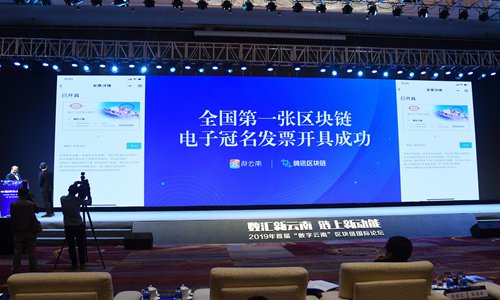
China may accelerate the rollout of its state-run digital currency to counter potential US threats to Chinese financial institutions and the yuan’s international settlement, while facilitating the implementation and management of large-scale post-COVID-19 stimulus, said an industry insider.
“Although the US hasn’t put Chinese financial firms and institutions onto its Entity List, the US may still pose widespread threats to Chinese institutions and impact the yuan’s standing in international settlement. In this regard, China’s state-run digital currency may be rolled out sooner than expected to counter a possible US block, Cao Yin, a Beijing-based blockchain industry insider, told the Global Times on Tuesday.
Yi Gang, governor of the People’s Bank of China (PBC), said that internal pilot tests of the central bank’s digital currency are being carried out in four cities including Shenzhen in South China’s Guangdong Province and the Xiongan New Area, and will be carried out in scenarios for the 2022 Winter Olympic Games in Beijing, according to an article posted on the bank’s website on Tuesday.
“These tests are just routine work for the research and development (R&D) of the digital currency. No schedule for an official launch has been revealed, Yi said.
Any R&D progress of China’s state-run digital currency is widely reported, as the digital economy is increasingly becoming a momentum for global growth, especially amid the pandemic which forces social distancing.
To aid economic recovery, China aims to step up its fiscal policy by raising the deficit-to-GDP ratio to over 3.6 percent and further cut taxes and fees paid by corporations by 2.5 trillion yuan ($353 billion) in 2020. But concerns persist that numerous grassroots companies will not fully enjoy the favorable policy.
Cao said that the tracing characteristics of the blockchain-backed digital currency can help money flow into the real economy and toward firms in need.
The R&D and application of a fiat digital currency will efficiently meet the public’s needs for the currency so as to promote payment convenience and safety in retail, which will help boost the development of China’s digital economy, Yi said.
The PBC began R&D for a fiat digital currency relatively early. A special team was established in 2014 to carry out research on its framework, key technologies and international experience. At the end of 2017, the bank organized for some commercial banks and institutions to jointly conduct the R&D of China’s digital currency/electronic payment (DC/EP).
China imported 5.16 million tons of crude oil from Saudi Arabia
China imported 5.16 million tons of crude oil from Saudi Arabia in April, touching a record low from 2019 May. This is puzzling, with the low price, one would think China would import a lot of crude. What is happening? Perhaps this is one of the reasons? 100 million tons of oil reserves were detected in CNOOC-owned Kenli 6-1 oilfield. It is the first 100 million-ton oilfield in Bohai Bay area, guaranteeing China’s energy security and boosting the economy of regions around the sea.
China’s proposed national security laws for Hong Kong
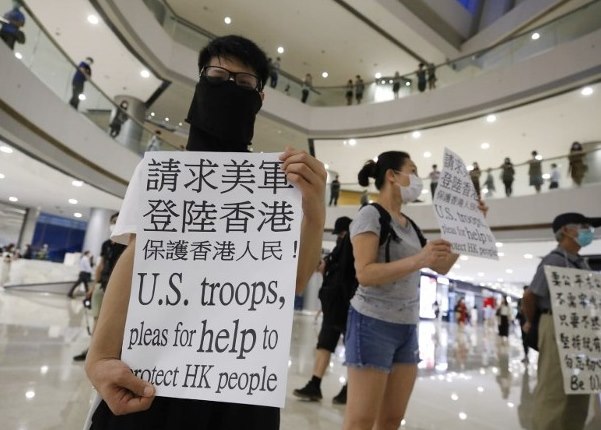
US threatens sanctions over China’s proposed national security laws for Hong Kong 5-25-20 https://www.abc.net.au/news/2020-05-25/hong-kong-china-national-security-laws-us-sanctions/12281774 Haha, the sanctions was the only leverage for US on Hong Kong since the beginning, now the gloves are off you think China would care, it is all in the calculation already.
China making good progress in building world’s largest supercollider
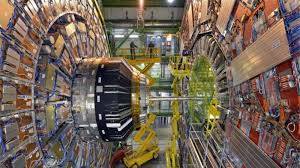
Research and development for the first batch of key equipment for the world’s most powerful electron collider, the Circular Electron Positron Collider (CEPC), in China, has made solid progress. Wang Yifang, director of the Institute of High Energy Physics (IHEP), under the Chinese Academy of Sciences in Beijing, who is also a deputy to the National People’s Congress, made the comments. The overall development of the CEPC project is moving forward smoothly, with some of the first batch of equipment reaching design standards.
Klystron is among the first batch of key equipment for the super-sized collider, which scored a 60 percent efficiency in the prototype test earlier this year, reaching world advanced levels, up from below 50 percent, according to Wang. Wang’s team aims to produce an even better version of the klystron with 80 percent efficiency this year. The location for the CEPC has yet to be determined, Wang noted.
The CEPC project will reportedly cost 35 billion yuan ($5.05 billion) and will have a circumference of 100 kilometers, with center-mass energy of up to 240 giga electron-volts, both setting a world record. Chinese scientists are eyeing the completion for CEPC construction by 2030.
The conceptual design for the CEPC passed international inspections in September 2019. Scientists from the US, Europe and Japan have participated in designing the project, and will work on the building process and conduct research with the collider.
The Large Hadron Collider, the Swiss project near Geneva, is currently the world’s largest and most powerful particle collider and reportedly the largest machine in the world. In a bid to maximize the project’s service life, scientists are mulling upgrading the electron positron collider in around 2040 into a proton collider, Wang noted. By then, the center-mass energy for the CEPC will have reached about 100 tera electron-volts, seven times as powerful as the Switzerland’s project, Wang said.
The outbreak of COVID-19 pandemic has brought risks of suspension and delay in implementing procurement contracts for some equipment for large-scale projects due to adjustments in budgeting plans. Wang suggested that legal entities engaged in major project construction should be allowed to raise funds through multiple channels or borrow other funds to ensure that construction tasks are completed on schedule.
Wang revealed that another IHEP project, the cosmic ray observation station on an area equivalent to 200 soccer fields in the wilderness of Daocheng, Southwest China’s Sichuan Province, 4,400 meters above sea level, has been affected by budget cuts.
George Floyd film
India, China Border Clash
The key area is around a spectacular 135 kilometer-long, 5-7 kilometer-wide lake, Pangong Tso. It’s in Ladakh, which is a de facto extension of the Tibetan plateau. One third is held by India and two thirds by China.
Mountain folds around the lake are called “fingers.” The Indians say Chinese troops are close to Finger Two – and blocking their movements. India claims territorial rights up to Finger 8, but its de facto holding extends only to Finger 4.
New Delhi has been steadily expanding infrastructure development – and also troop deployments – in Ladakh for nearly a decade. Units now spend longer periods deployed along the LAC than the six months that used to be the standard rotation.
These are called loop battalions: They do a back and forth with the Siachen glacier – which was the theatre of a localized India-Pakistan mini-war in 1999 .
The Indians maintain there are no fewer than 23 “disputed and sensitive” areas along the LAC, with at least 300 “transgressions” by PLA troops every year.
Crossing the line
The Indians are now particularly focused on the situation in the Galwan valley in Ladakh, which they maintain was breached to a distance of 3 to 4 km by PLA troops now in the process of digging defenses.
The current flare-up started building in late April, and led to a series of scuffles in early May, described as “aggressive behavior on both sides,” complete with fistfights and stone throwing. The Indian version is that Chinese troops crossed the Line of Actual Control (LAC), with vehicles and equipment, to block road construction by India.
Indian Jawans Briefly Detained By China In Ladakh Last Week 5-24-20 https://www.ndtv.com/india-news/indian-jawans-detained-later-released-by-china-in-ladakh-last-week-sources-2234082 Indian Army denies reports that Chinese troops briefly detained jawans in Ladakh last week 5-24-20 https://www.thestatesman.com/india/indian-army-denies-reports-that-chinese-troops-briefly-detained-jawans-in-ladakh-last-week-1502891868.html “It only hurts national interests when media outlets publish unsubstantiated news”
Solicitor Chan Tze Chin 陳子遷 attacked

Solicitor Chan Tze Chin 陳子遷 was attacked near Po Leung Kuk in Causeway Bay at around 3pm on Hong Kong Island 5-24-20. He was beaten by a group of armed men dressed in black.
The Law Society president Melissa Pang strongly condemned this serious crime, said that no matter what the ideology behind it, violence is unacceptable, and that civil disobedience is not a license to break the law, and different political views should be expressed peacefully.
The video shows he was attacked by several assailants in the parking lot and chased down the street, then he was beaten by three to four men,he fell to the ground holding his head, his shirt torn and bloodied, and a metal road sign was thrown at him as he got up on his own and fled. He was taken to the hospital, where he was undergoing an MRI scan and is in serious condition.
Chan is a solicitor practicing in Hong Kong. Graduated from Queen Mary University of London with a degree in Law and Politics. Having studied overseas for many years, he returned to Hong Kong to explore various livability issues in Hong Kong.
「港版國安法」通過在即,星期日(24日)市民發起「反惡法大遊行」,期間律師陳子遷在銅鑼灣與示威者爭執後被「私了」,打至臉部披血。
「港版國安法」引發示威衝突,律師陳子遷24日在銅鑼灣禮頓道近保良局位置疑被黑衣人「私了」,上衣被撕破,臉部披血。陳子遷在訪問中憶述經過,稱當時他說了一句「你哋呢班黑暴唔好走,差人會拉晒你哋」,之後就被打,「差啲命都無」。
他指黑衣人主要是打他的頭和後腦,「聽到砰砰聲,用鐵板打我」,形容自己那一刻「極度恐懼」,又想起家人,「覺得我對不起他們,我有老婆和仔女」,覺得很不開心。
他表示,示威者攻擊時有分工,「有人負責打你,有人負責開傘,有人唔畀你走」,「很兇殘,無咗理智」,又指示威者多是年輕人,認為他們思想未成熟,被人教唆。 陳子遷又認為現在香港人已經變質,指現在香港年輕人失去理智,但年輕人是香港的未來,所以覺得香港很可悲。 他贊成訂立「港版國安法」,「因為現在這班已不是藍黃之分,而是暴亂、分裂國家」,他希望立法之後,香港可以回復平靜,讓香港可以發揮到國際金融中心的地位。
New energy vehicles Aiways U5
5-23-20, 500 China’s new energy vehicles Aiways U5 were shipped to European Union where NEV originated.
The first 500 units exported to the EU are just the beginning of Aiways’s internationalization. This electric SUV that’s been given a three out of the full five-star crash rating by the European New Car Assessment Programme (EuroNCAP), it will have the ability to provide up to an estimated 500km of range and be able to accelerate from 0 to 100kph in 9.0 seconds before reaching a top speed of 150kph. The first deliveries planned in August and looks to be priced at an estimated 35,000 euros for Germany and The Netherlands, while it will cost just 28,000 euros for those in the UK.




